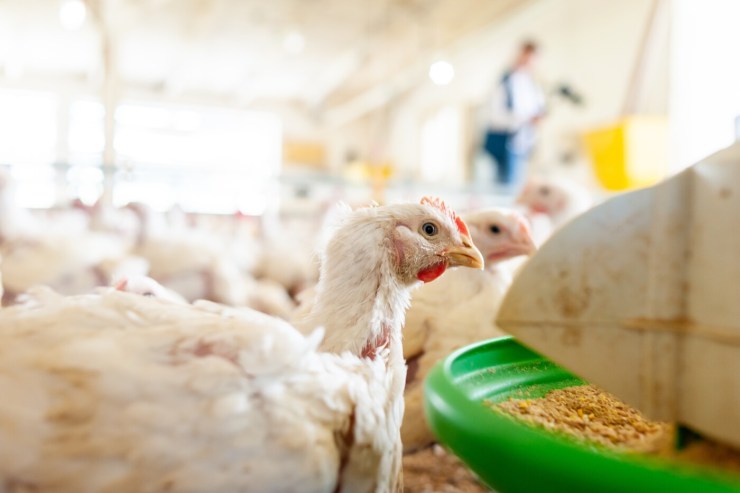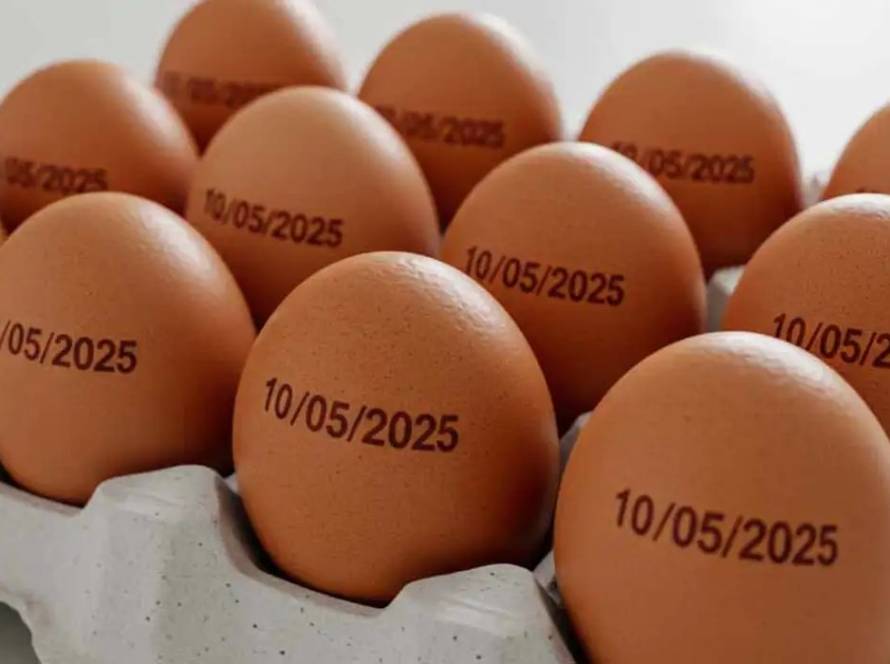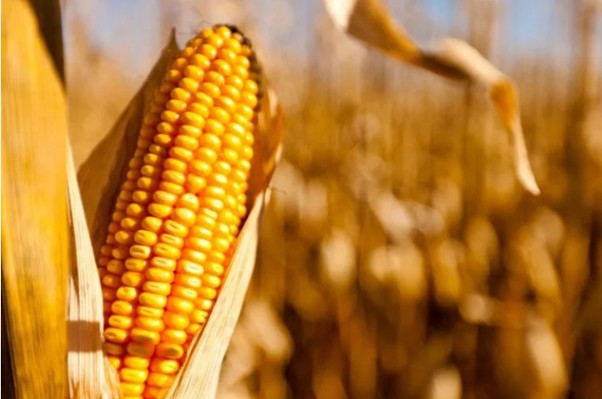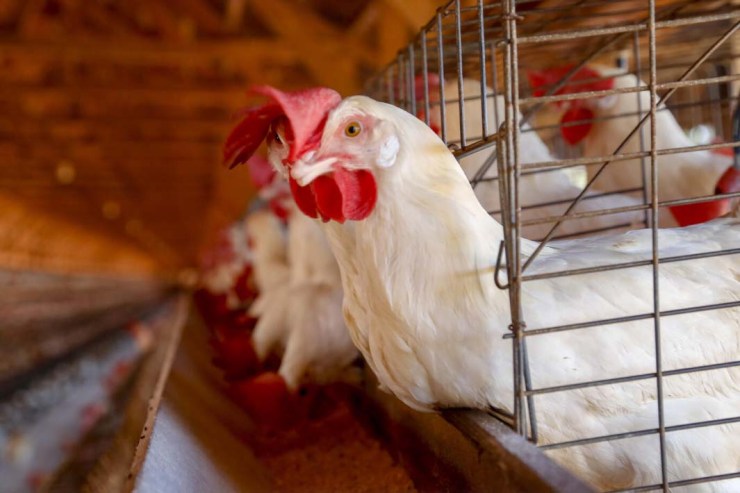Estimates indicating high corn production in Brazil and worldwide keep domestic values of the cereal under pressure, with the ESALQ/BM&FBovespa Indicator (Campinas – SP) operating at the lowest nominal level since January, according to surveys by Cepea.
In Brazil, good weather conditions in most second-crop producing regions support expectations of good productivity, while in the United States, sowing at a good pace and favorable weather also improve production prospects, as explained by Cepea researchers.
In this context, according to the Research Center, some Brazilian consumers prefer to stay away from the market and wait for new devaluations to replenish their stocks.
Sellers are already trying to negotiate remaining lots from the 2023/24 season and the current 2024/25 summer harvest.





